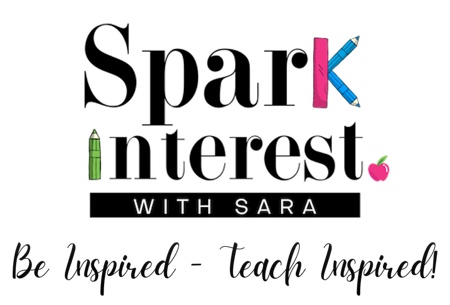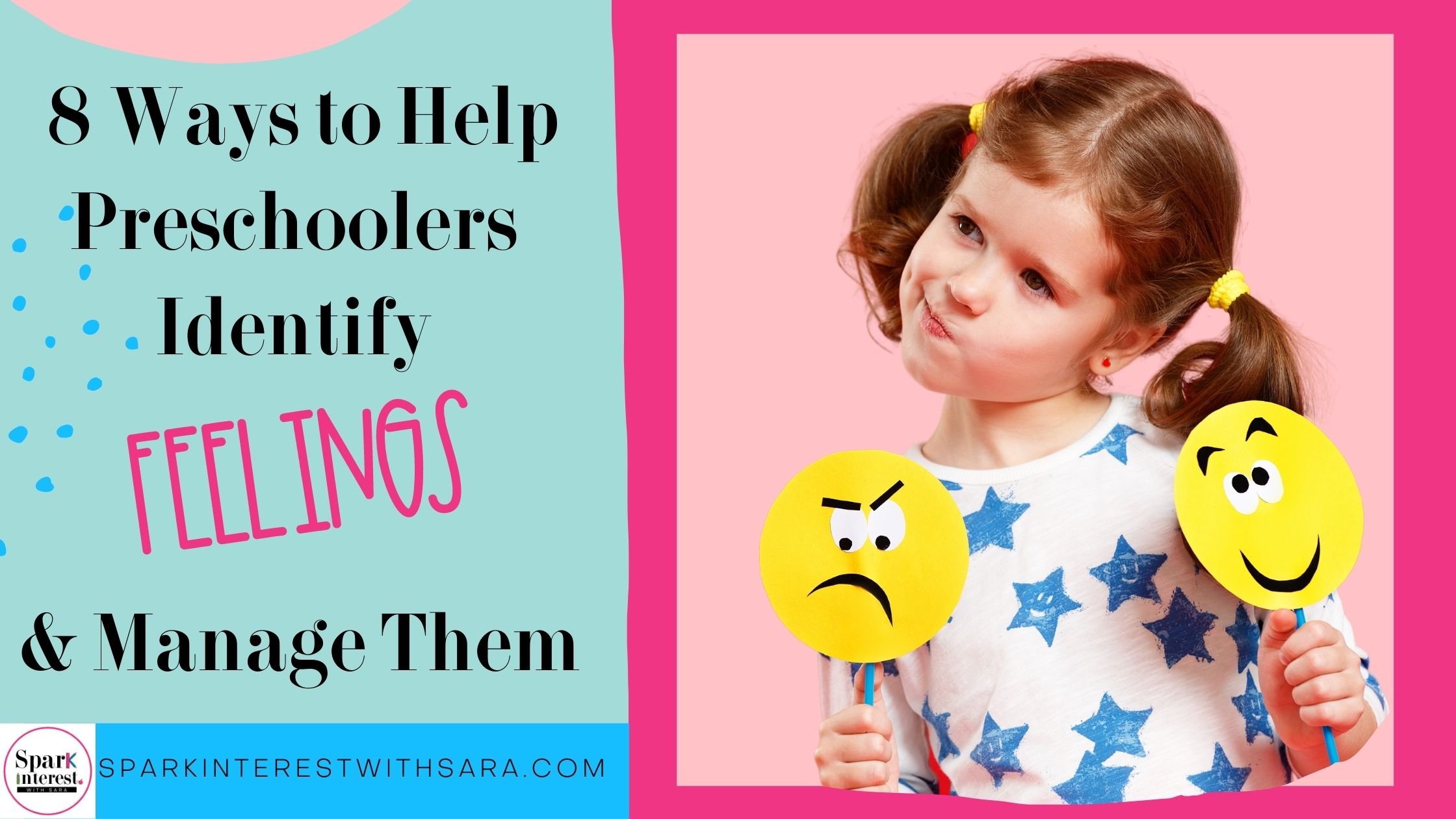
Our preschoolers have a lot of feelings and they are normally pretty BIG feelings, don’t you agree? Often, they find it difficult to identify feelings and understand how to process, manage, and work through them. So it all comes out as one big emotion!
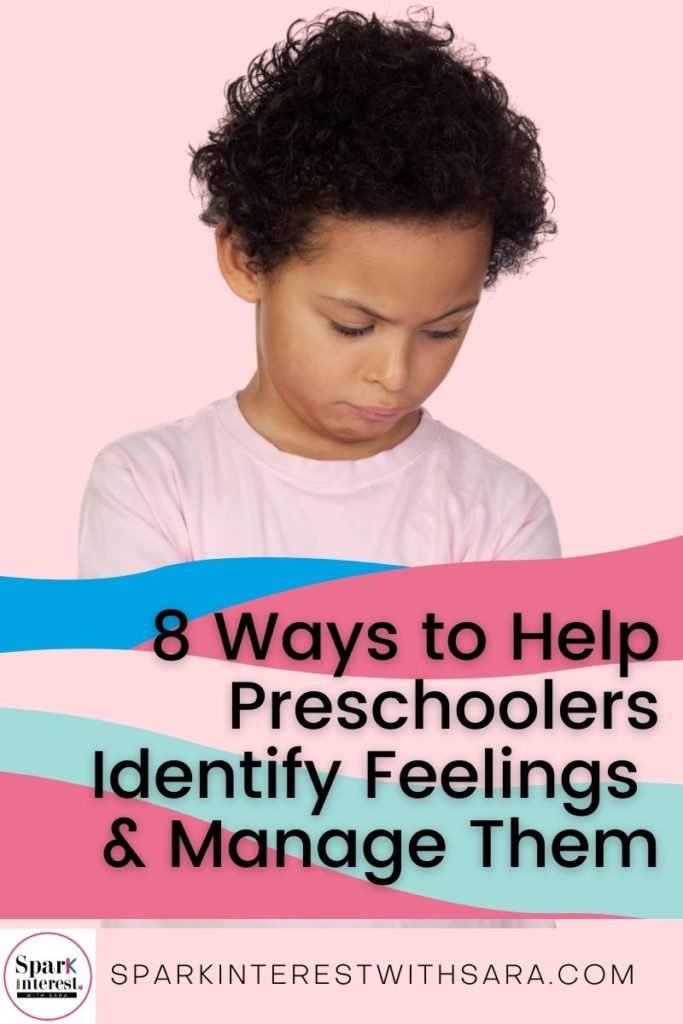
When kids learn to manage their emotions in childhood it leads to positive attitudes and behaviors later in life. Children who learn healthy ways to express and cope with their feelings are more likely to:
- Be more empathetic to others
- Do better in school
- Have better relationships
- Have better mental health and well being
- Have a better sense of self
- Feel more confident and capable
With this in mind, I decided I needed to really dig deeper into this topic. It was clear to me, I had to first help my young learners with identifying feelings; only then could we tackle how to manage those feelings and work through them.
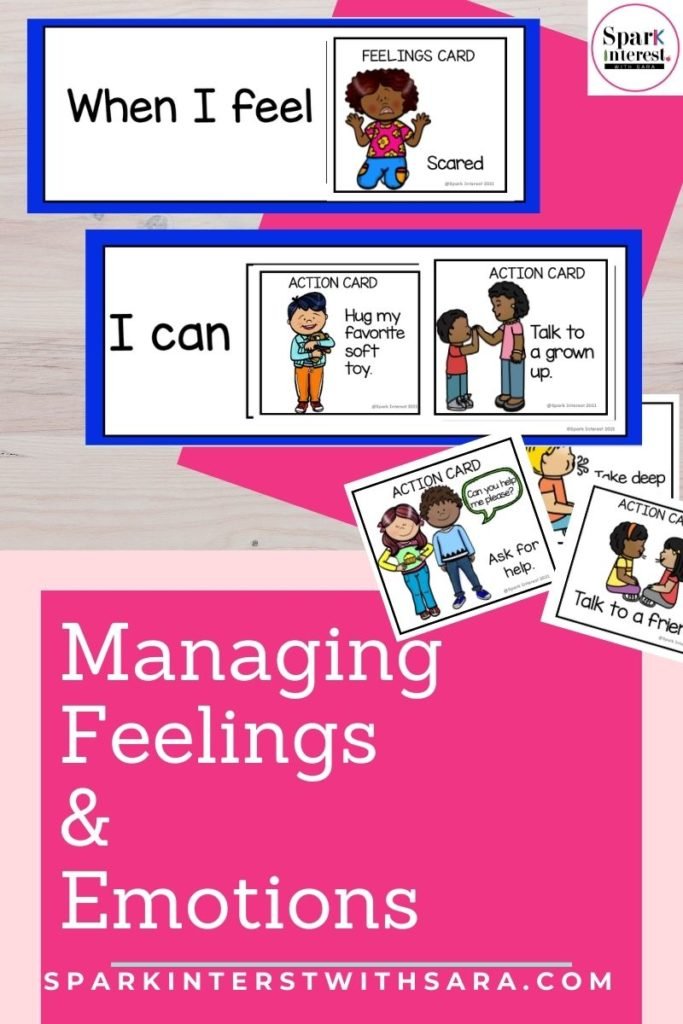
Here are 8 strategies and activities that help students identify feelings in my classroom:
1.Teach and Identify Feelings and Emotions
Start by diving into different activities to help identify emotions and feelings. Make sure your students can name different feelings and emotions. What does it look like? What does it feel like? What is it called?
Use stories or pictures of different people expressing emotions. Create a PowerPoint of different emotions to help stimulate discussion.
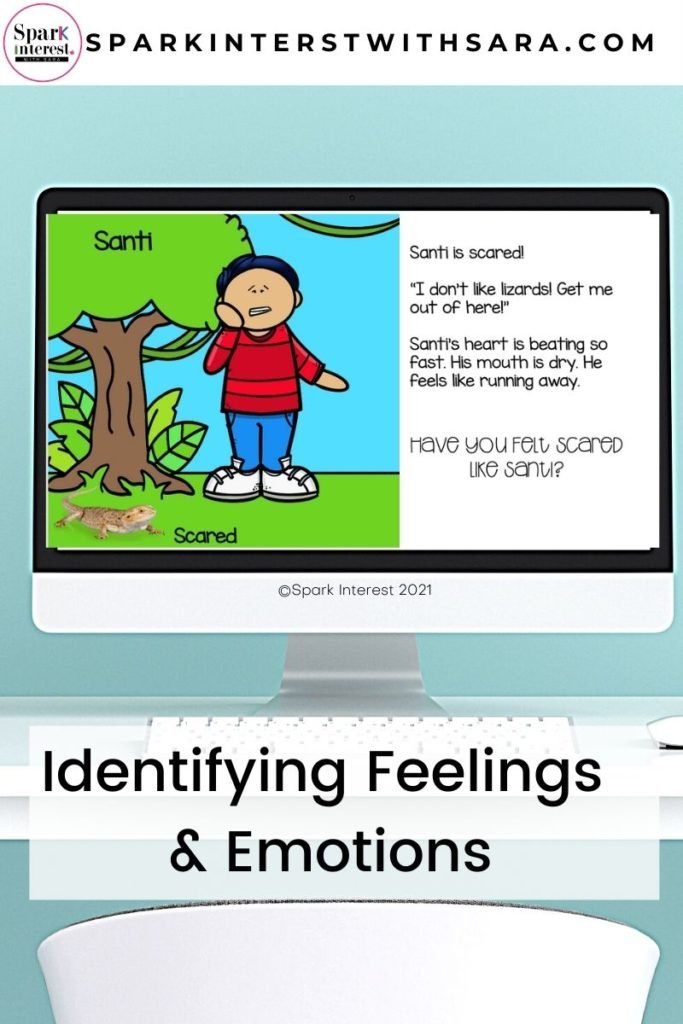
I also found displaying posters that show different emotions around my classroom helped my students identify their emotions easier! Teaching emotions at the beginning of the year is always a great idea. This will give your students the skills and knowledge they need to identify and handle their emotions right from the beginning.
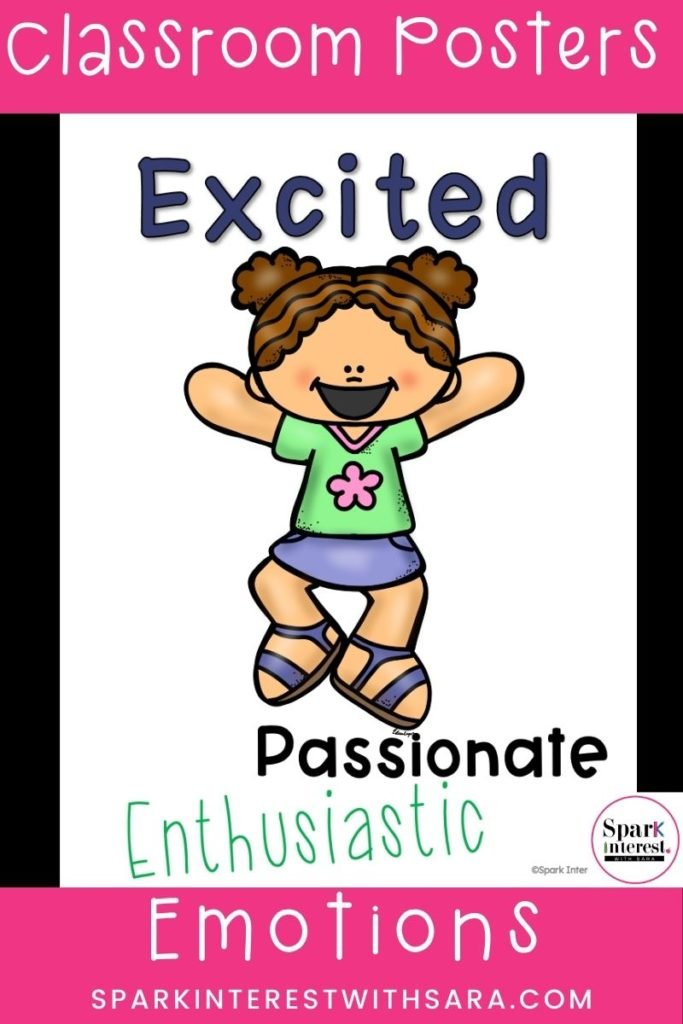
2. Use Picture Books to Help Identify Feelings and Emotions
I love picture books in my classroom. They are a great resource for not only teaching my students reading skills but also social-emotional skills!
Search for picture books centered on characters who often have a lot of emotions. No! David! Or The Boy With Big Feelings are great choices. Look at the different characters and discuss their emotions. Ask your students questions like: How is the character feeling? How do you know? What is showing you that character is feeling that emotion?
Having students look at the words, pictures, and situations can help them identify and relate to the characters and their own emotions. Many preschoolers may even share a story of a time they felt like a character in a book.
3. Include Fun & Games to Help Your Students Identify Feelings
Games are another great way to practice identifying emotions. A fun matching game where students need to match a facial expression to the emotion. Or a game of charades where students get to act out the different emotions may be a fun way to get your students moving and identifying feelings.
I enjoy playing a game I call “Guess the Emotion” with my preschoolers. Using inference picture cards. We look at the pictures and my students have to look at the facial expressions of the person, look at the scenario and determine the emotion the person is feeling.
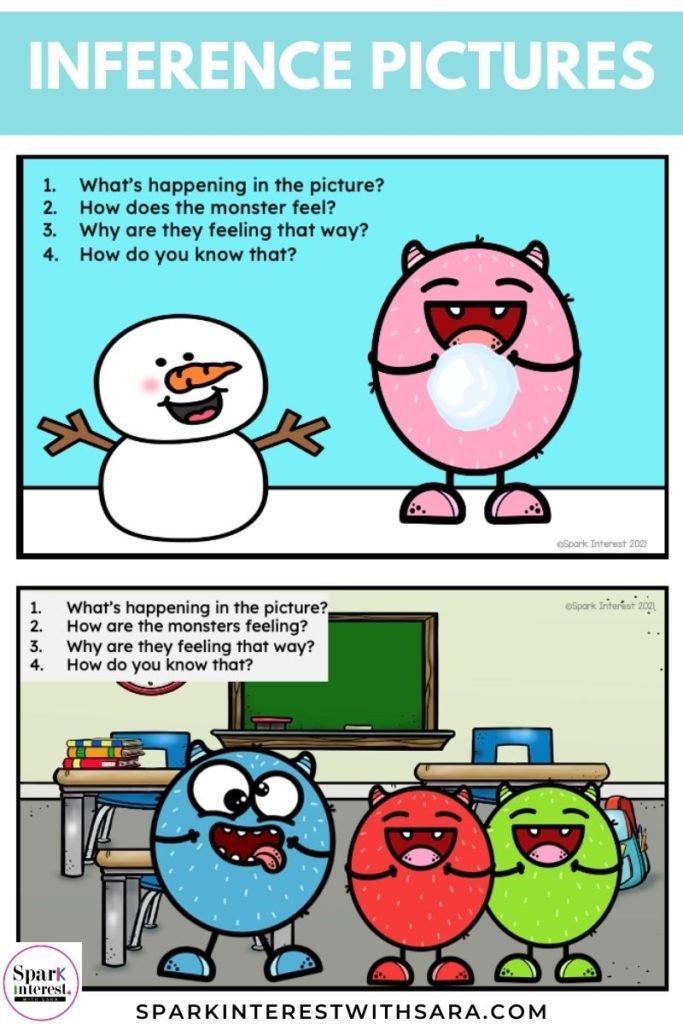
4. Use Role Play to Help Identify Feelings in Others
Using puppets or having students act out different scenarios is also a great way to teach students how to identify feelings. Use scenarios that are relatable to your students. This will allow them to see themselves within these events and it will help them be able to identify feelings a little better.
Role-playing can also help with conflict resolution. With all these big emotions, there are going to be conflicts. So having the tools to help your students know what to do if a situation arises is always great to have!
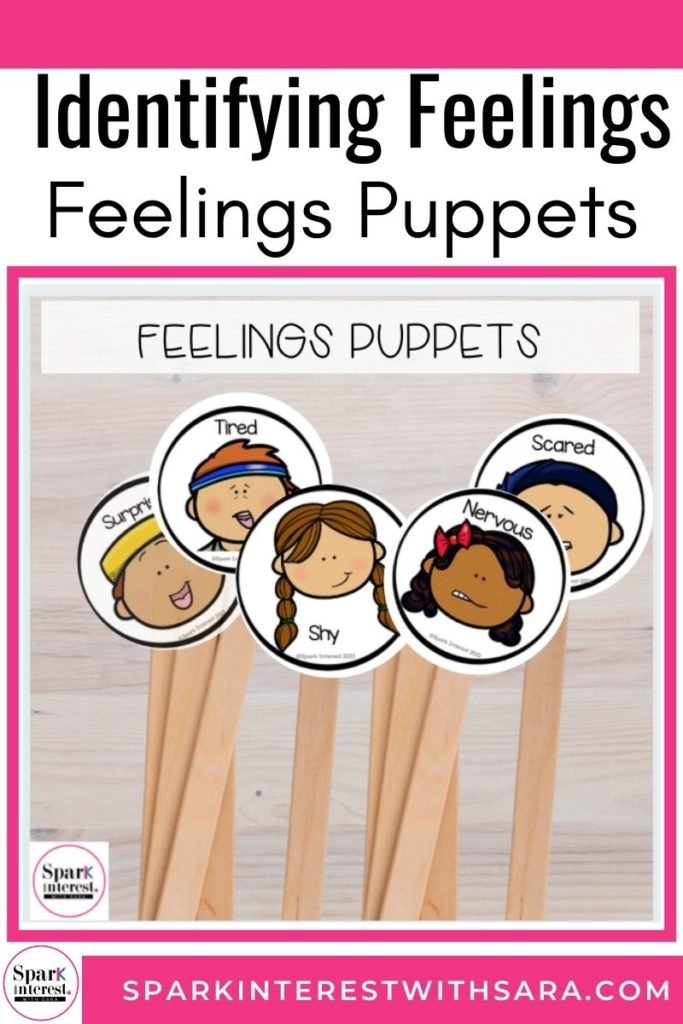
5. Watch Videos/Sing Songs about Feelings and Emotions
YouTube is such a great resource for teachers nowadays and Social-Emotional Education is such a large part of education too. YouTube and teacher-authors/companies have really taken a great deal of time to come up with some great songs and videos that help kids identify feelings, manage their emotions, and work through them! A quick search of YouTube or Google will give you some awesome suggestions! Some great videos I have found are PBS Kids talk about feelings, Elmo Sings About Emotions, and Why Do We Have Emotions?
6. Identify your own Feelings and Emotions Explicitly to Your Students
Students learn through examples. As a teacher, it is a great idea to discuss your emotions and how you deal with or cope with them. Have open discussions with your preschoolers about different emotions you have throughout the day and how they affect you.
Some emotions I often talk about with my students are fear, frustration, anger, excitement, happiness, and overwhelm. These emotions come into play daily in a preschool classroom and it is important for students to know teachers can feel the same emotions and what they do to manage those feelings when they arise.
7. Use Group Time to Share Experiences Around Managing Feelings & Emotions
I really use group time or circle time to help reinforce the skill of identifying feelings. Using common scenarios and problems that may occur in our preschool classroom. I often will use scenarios that actually happened in our classroom in the past few days.
Students and I discuss our feelings, what they look like, how to manage our many complex emotions. There are a lot of different moving parts when you are teaching preschoolers about emotions. So using group time or circle time to really review and discuss the parts is helpful.
8. Teach Children Strategies
After I teach all about identifying emotions, and we discuss different scenarios, I like to finish with the teaching strategies to manage difficult feelings.
I often use examples of difficult emotions and we discuss different ways we could deal with those difficult emotions. This allows students to understand that it is normal to have an array of emotions and that there are many ways to deal with them.
If you are looking for ideas to help children cope with anxiety, check out this blog post: 5 Ways to Help Children Cope with Anxiety
????Bringing it Together????
Teaching children all about identifying feelings and emotions is so vital when it comes to our young learners. I love it when we discuss emotions in my preschool classroom, as it opens the door to so many amazing discussions, activities, and learning experiences. No time for prep? Check out my Identifying Feelings Bundle created with the young learner in mind ????????
Before you go, have you downloaded my FREEBIE yet? Click on the link below to grab it now! ????????
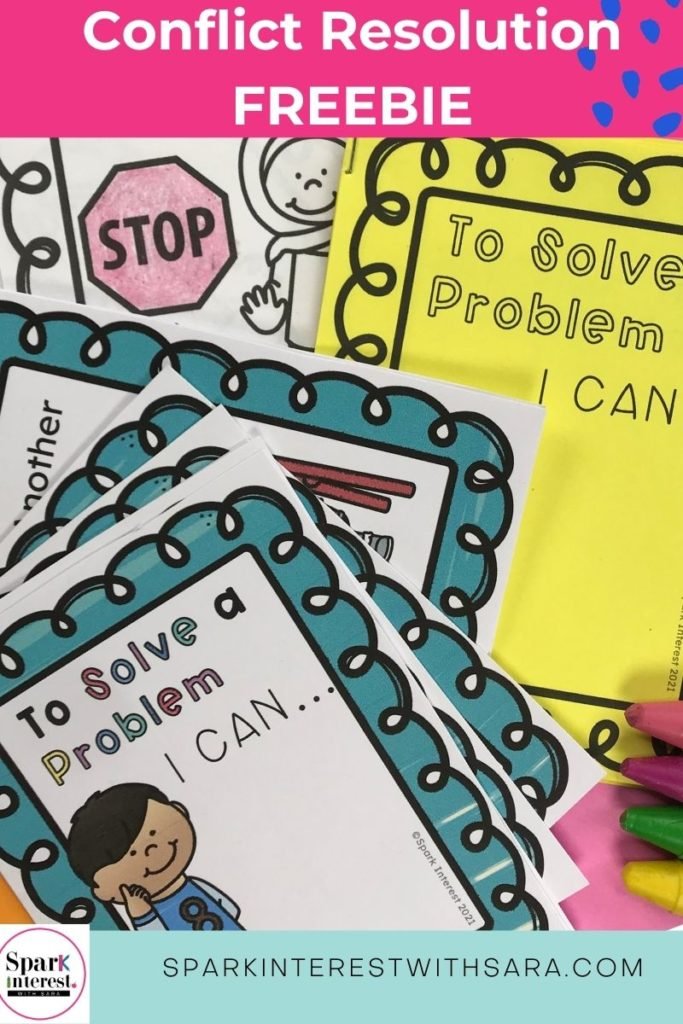
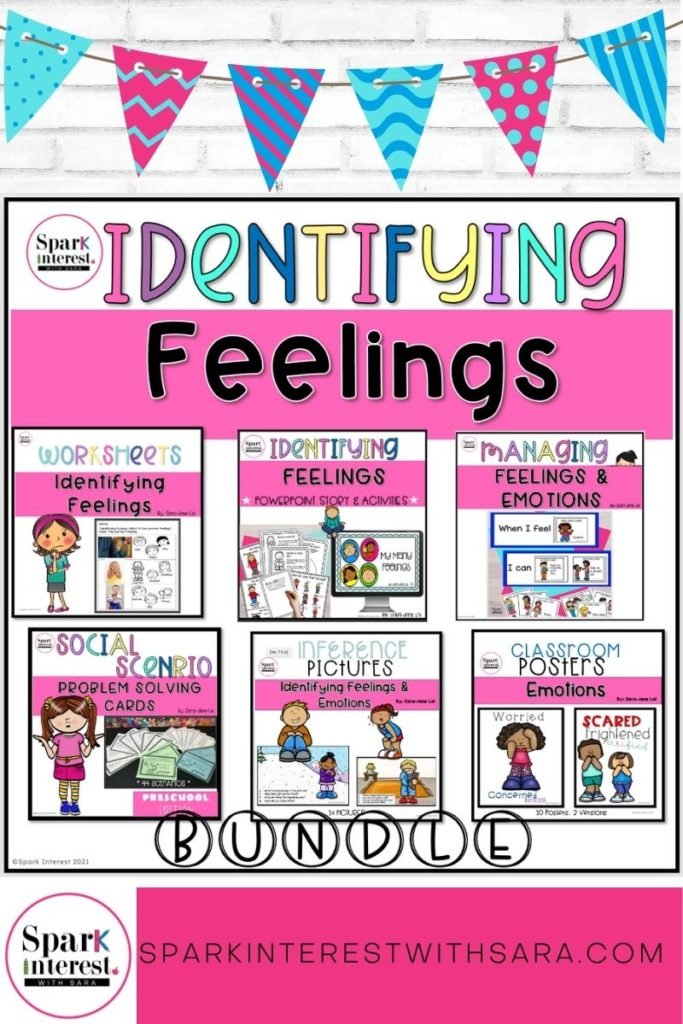
Let's Connect:

Sara
